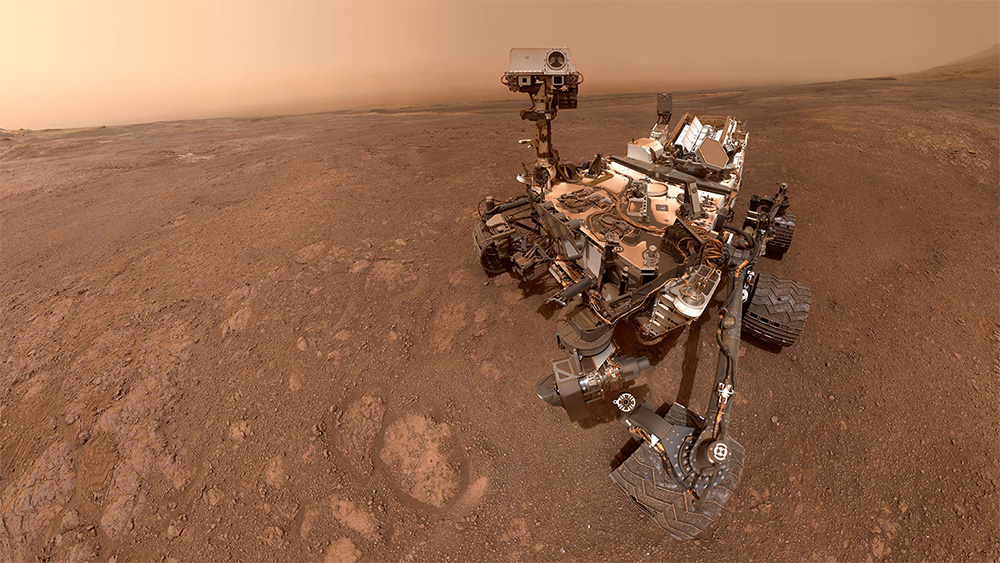
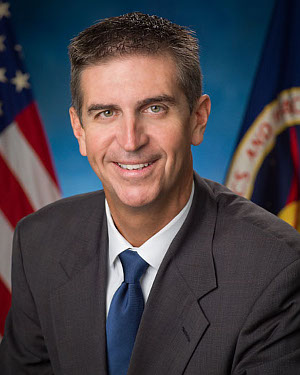
Q: What is your role at NASA?
A: One of the most important things I do is to help provide health and medical technical authority. What does that mean? After the Columbia accident there was an external independent board called the Columbia Accident Investigation Board. The board zeroed in on our culture and the fact that program managers are pressured by budget and schedule. The board recommended NASA establish technical authorities that are independent of the program to serve as a kind of oversight to make sure programs weren’t accepting too much risk in the face of those budget and schedule pressures.
The job with the technical authority means we provide technical authority on disciplines such as radiation, microbiology, medicine, toxicology, human factors, exercise physiology and so on.
When the programs push back because they run out of mass or volume or time or money, the technical authority balances the need to accomplish the mission with the need to prevent any accidents and then makes recommendations. If the program doesn’t agree it can escalate all the way to the administrator for a final decision.
Another part of our responsibilities includes creating, testing and upholding health, medical and performance standards. We start with a standard that becomes a requirement for programs to meet. In some cases we have a lot of data to create a medical standard and others we do not. For example, we don't have a lot of microgravity experience with humans, so we do the best we can with the budget we have to create the standards and medical policies that will be implemented across the agency.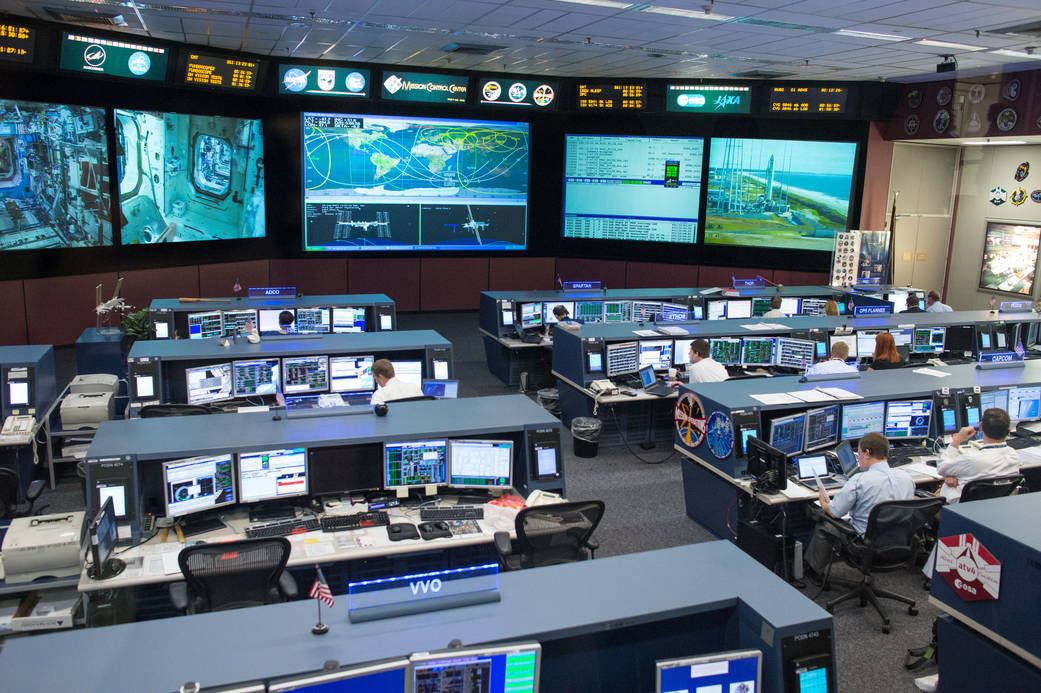
Q: How has your position changed over time?
A: I started out doing physics and engineering. When I first started I was a part of the space radiation analysis group and sat at the console in Mission Control for at least a dozen years. We used a lot of transport codes. We did everything related to radiation. Radiation is just one of several hazards in space. We would watch the sun for solar particle events, work on dosimetry for a complex space radiation field, work with design engineers on shielding, and would do analyses when we flew radioactive payloads to make sure they were far enough away from the crew and had appropriate shielding. Then I started moving into management, which is a whole different aspect.
Q: What steps did you take to move into a leadership position?
A: I had to actively go out and let upper management know I was interested in a leadership position and then had to go on interviews. It felt different, difficult and risky compared to what I was comfortable doing. When I became a branch chief I had all kinds of disciplines under me that I really didn't know a lot about, but I still had radiation so I had a piece of my comfort zone. I look back at some of those forks in the road and those decisions and I'm so glad I took those risks.
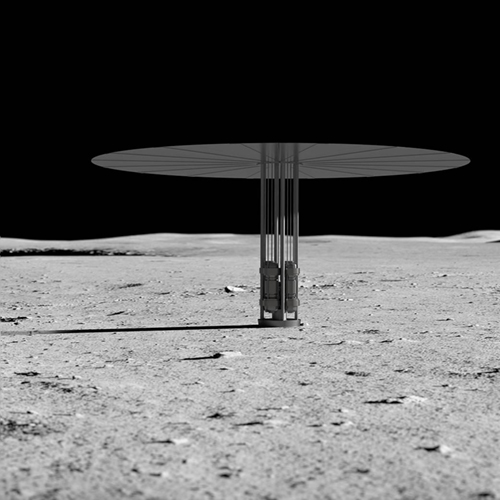
Q: Are you contributing to the Mars colony mission?
A: About five years ago going to Mars officially became one of our long-term goals. Everything we're doing is trying to help us learn and get to the point where humans are an interplanetary species. The next mission we have planned is a miniature space station that will orbit the moon, and possibly a moon habitat.
Our missions are all about national will and budgets. During the Apollo moon landing, NASA received about 4.5 percent of the federal budget and at that time NASA’s main mission was sending people to the moon. Today we get about 0.4 percent of the budget and we're doing Mars rovers, the Hubble space telescope, the James Webb telescope and we're supporting commercial ventures such as SpaceX and Boeing. Technologically speaking I think we can get there, but it takes a long-term commitment.
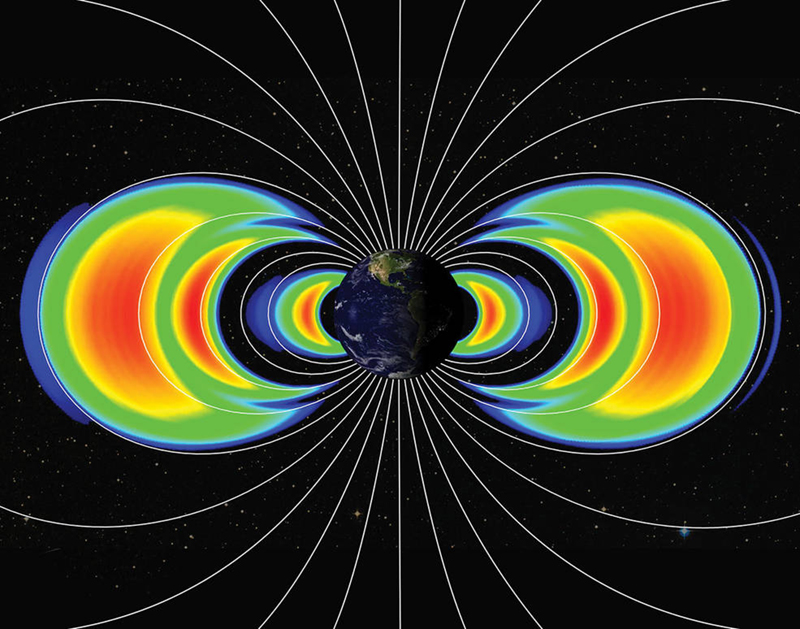
Q: Can you go into some of the radiation humans would encounter on the satellite, the moon and Mars?
A: Space radiation has three sources. It can come from the trapped radiation belts known as the Van Allen belts, which has a proton belt and an outer electron belt. The inner belt is mostly protons, and these are trapped particles that just go back and forth between the poles. The second source is from solar particle events, which can be shielded if planned for, but can pose problems without adequate shielding. The third radiation source is known as galactic cosmic radiation, which comes from outside our solar system. This source consists of heavy ions and is very energetic. As soon as you leave Earth’s orbit you get away from the Van Allen belts and then you're just left with the occasional solar particle event, which can be shielded. Galactic cosmic radiation is very difficult because it's high-energy protons and heavy ions. The passive shielding you need to block that takes a lot of mass, which is expensive to launch.
There are also secondary neutrons that we worry about when interacting with the vehicle and the people themselves. If you're standing on the moon or Mars you have planetary protection, so you have some shielding from that. It's a little more risky on the transit to the moon and Mars. Mars does have a little bit of an atmosphere, which would provide some shielding as well.
Q: If far in the future humans were on a deep space probe, what kind of shielding would that require?
A: We've talked about that a lot, hypothetically of course. We are doing a little bit of research on active shielding, which means basically creating your own magnetic field to deflect or shield the particles. Most of what we use right now is passive high-density polyethylene, or water bags, or fuel or food — just mass. If we go beyond Mars we will need to look at active shielding.
Q: How much radiation is safe for humans?
A: Our goal is to protect the astronauts and the mission. Currently we allow 500 millisieverts for the blood forming organs per year (the millisievert is a measure of the absorption of radiation by the human body). We were granted that exception in order to carry out our mission, but our career limits are age and sex based. They’re related to a 3 percent excess risk of death from radiation exposure. After doing more research, the difference in radiation exposure risks between men and women is not as high as we originally thought.
Q: Do you think that space travel is ethical, given the dangers of radiation?
A: I do.
One of the first principles of bioethics is respect for autonomy, which includes volunteerism and informed consent. If someone took the three-year round trip to Mars today, given our current technology, they would have around a 10 to 15 percent excess risk from dying from that radiation exposure. Now, while obviously a 10 to 15 percent additional risk of dying from radiation exposure is higher than our 3 percent threshold, it's also not an automatic death sentence. Another consideration is the advances in medicine that may occur in the next century, such as the ability to cure different cancers.
In my personal opinion I would argue that many explorers throughout history had a much higher risk of death, yet we look back and recognize their accomplishments and it's hard to imagine if we never took those risks and made those journeys. Astronauts, by the way, are usually willing to take more risks than NASA is ready to allow. Astronauts are outstanding people. They're great leaders and great followers.A: I believe access to low Earth orbit will become a lot more common in the next 20 years. We will keep pushing the envelope for making humans a multiplanetary species. We have more countries and companies interested and developing space travel than ever before, it's exciting. We’re going to see more innovations that come from unexpected places.
Q: With NASA specifically, what are you most excited for?
A: We have broad political and public support and a workforce that will take on and can accomplish anything. I honestly think the future is wide open — it’s whatever the public, space experts and our elected officials agree should be our path. Right now we're headed down a path of having humans on Mars. I don't know what happens after Mars, but we have a long time to decide.
Q: What life advice do you have?
A: You get out of life what you put into it so take risks. The director of human resources (HR) came to me one day and she asked if I would be her deputy director for a year in HR. I'm an engineer, and I don't know the first thing about human resources, but I took it and I went with it for a year and it was fascinating. They taught me a lot about diversity and inclusion and how to give honest feedback the right way as just some examples. I learned many things I never would have learned otherwise.